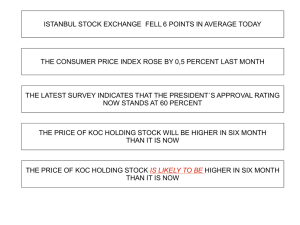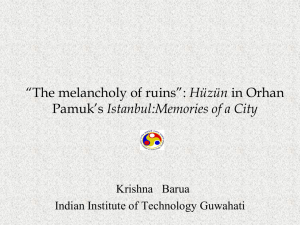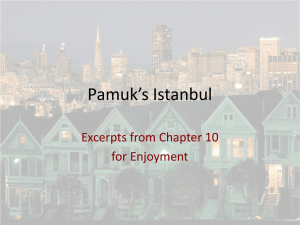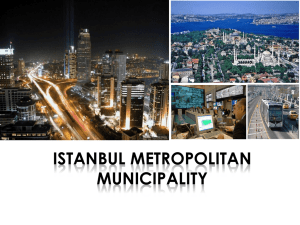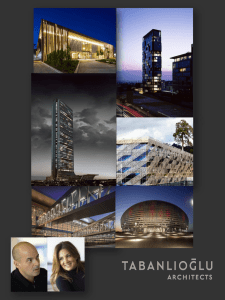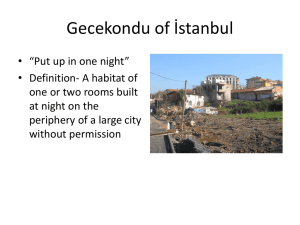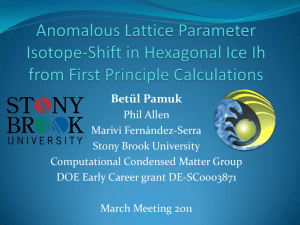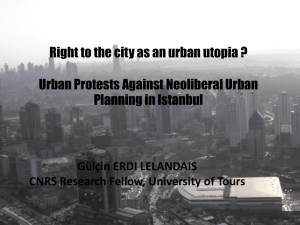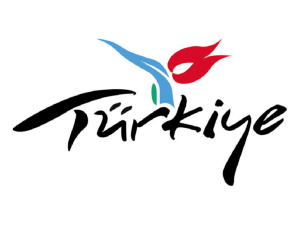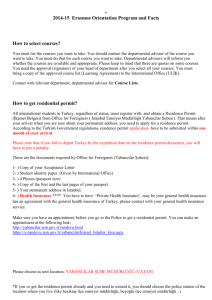ID Istanbul - St. Olaf Pages
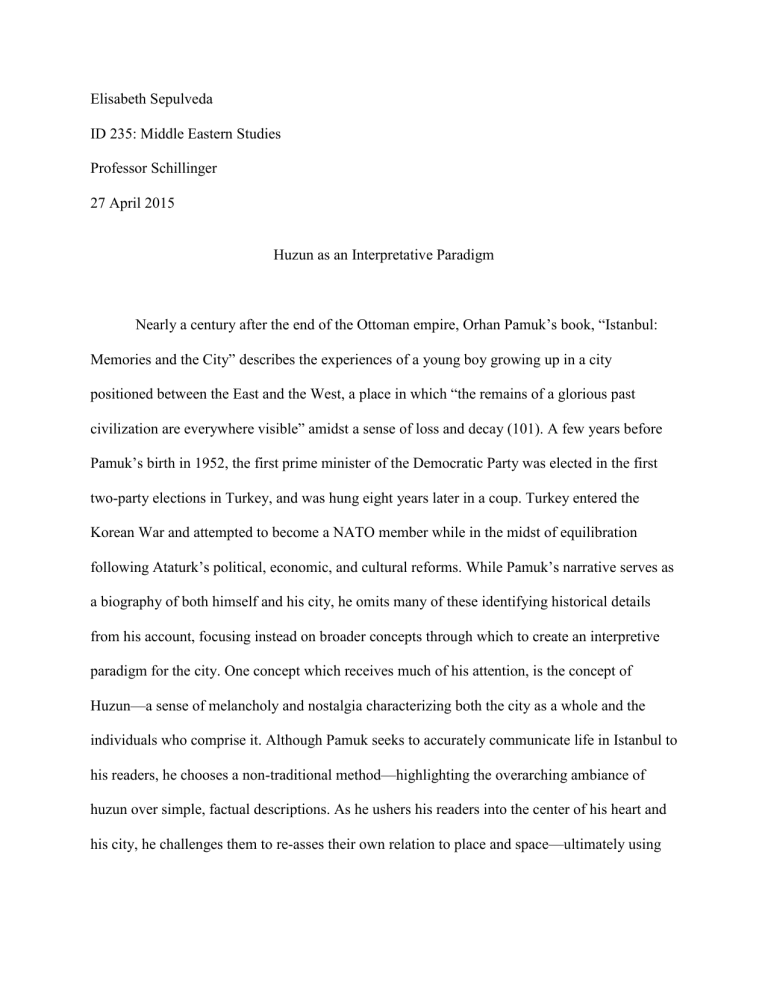
Elisabeth Sepulveda
ID 235: Middle Eastern Studies
Professor Schillinger
27 April 2015
Huzun as an Interpretative Paradigm
Nearly a century after the end of the Ottoman empire, Orhan Pamuk’s book, “Istanbul:
Memories and the City” describes the experiences of a young boy growing up in a city positioned between the East and the West, a place in which “the remains of a glorious past civilization are everywhere visible” amidst a sense of loss and decay (101). A few years before
Pamuk’s birth in 1952, the first prime minister of the Democratic Party was elected in the first two-party elections in Turkey, and was hung eight years later in a coup. Turkey entered the
Korean War and attempted to become a NATO member while in the midst of equilibration following Ataturk’s political, economic, and cultural reforms. While Pamuk’s narrative serves as a biography of both himself and his city, he omits many of these identifying historical details from his account, focusing instead on broader concepts through which to create an interpretive paradigm for the city. One concept which receives much of his attention, is the concept of
Huzun—a sense of melancholy and nostalgia characterizing both the city as a whole and the individuals who comprise it. Although Pamuk seeks to accurately communicate life in Istanbul to his readers, he chooses a non-traditional method—highlighting the overarching ambiance of huzun over simple, factual descriptions. As he ushers his readers into the center of his heart and his city, he challenges them to re-asses their own relation to place and space—ultimately using
their resulting identification to develop a deeper and more dynamic appreciation for the city’s vitality.
To preface, Huzun is a Turkish word expressing “a state of mind that is ultimately as lifeaffirming as it is negating” (91). Its Arabic root is found five times in the Quran, describing both profound spiritual loss and a sense of honor and dignity. Paradoxical in nature, the sense of
Huzun “does not just paralyze the inhabitants of Istanbul, it also gives them poetic license to be paralyzed”, placing them in a void of living that is somehow beautiful in spite of—or perhaps because of—its absurdity (104). And although Huzun denotes a sense of poverty, depression, and resignation, it is not characterized by individual solitude, but is “something the entire city feels together and affirms as one” (105). Pamuk contrasts this emotion with Montaigne’s western notion of “tritesse”—“the enemy of self-reliant rationalism and individualism” and “the source of countless evils”, degrading the soul of the individual (105). Pamuk instead emphasizes the collective nature of the experience, the huzun his people “absorb with pride and share as a community”, the closest he comes to a description of nationalism (94).
Huzun is vital to Pamuk’s account, both as unifying theme, and for use in interpreting accounts of his life and of the city. He devotes an entire chapter to describing the sentiment, incorporating definitions, contrasts, and examples, then continues to reference huzun throughout the duration of the narrative. Huzun is his motivation for loving Istanbul, for recording its history, and for endearing it to the reader. Indeed, he emphasizes its place in his written account by saying, “Huzun teaches endurance in times of poverty and deprivation. It also encourages us to read life and the history of the city in reverse. It allows the people of Istanbul to think of defeat and poverty not as a historical end point but as an honorable beginning, fixed long before
they were born. So the honor we derive from it can be rather misleading” (104). Through describing the historical function of huzun, Pamuk emphasizes a fact perhaps related to his sweeping details—that rather than serving as a reminder of the city’s demise, huzun marks the creation of a new Istanbul, permeating the city in “its manifestations in the city’s streets and views and people” (99). Through describing huzun, Pamuk challenges his readers to step beyond their conceptions of an antiquated city into the idea of a city still alive, one which, through its admonition of death, has identified a starting point through which to begin living again. The city may be positioned between these poles of past and future, manifesting the tensions through “the history books in which children read about the victories of the Ottoman Empire and of the beatings these same children receive at home”—but it is still active and growing, moving towards its new history (97). Ultimately, huzun creates the conception of the place and space
Pamuk lives in through establishing it, not as defined through its its relationship with the past, nor unrestrained hope for the future, but through a daily ecosystem of complex interactions between the city’s aesthetic, infrastructure, and people.
Although Pamuk spends much of the narrative describing the city that shaped him, he uses vivid images and interpretations to simultaneously shape Istanbul’s image for his readers.
Indeed, he believes that activating parallels between the self and the city requires multidirectional movement, saying, “I have described Istanbul when describing myself, and described myself when describing Istanbul” (295). With the interfacing dualities between self and city,
Pamuk fashions a construct in which his personal narrative functions as a microcosm of the larger city. At times, the parallels are explicitly defined, for example when Pamuk compares the disintegration of his family unit with the decline of the Ottoman empire: “It was a long time coming, arriving by a circuitous route, but the cloud of gloom and loss spread over Istanbul by
the fall of the Ottoman Empire had finally claimed my family too” (17). In his description, the city’s gloom and sense of huzun actively infiltrates—even influences—the people and events within its borders.
And yet, even while influenced by the city’s huzun, Pamuk seeks to communicate his own individual sense of autonomy over the city, in which he discovers an internal locus of control. He describes his sensation as a “poetic outlook”, discovered during a walk in the district of Eyup. In contrast to larger Istanbul, the district is charming—almost too charming—with its exotic sense of the mystical East dissipating contradictions and tensions in reconciled perfection.
Eyup derives “benefit from the West and westernizing Istanbul, while still keeping itself distant from the center, the bureaucracy, the state institutions, and buildings”—a perfect balance (354).
And yet, although Pamuk is deeply invested in the aesthetics of his city, he finds the perceived perfection of Erup, specifically, unsettling, stating that he loves Istanbul “for its ruins, for its huzun, for the glories once possessed and later lost” (354). In the realization that his artistic passion develops from huzun, Pamuk arrives at his epiphany: “There were times—when every strange momento seemed saturated with the poetic melancholy of lost imperial greatness and its historical residue—that I imagined myself to be the only one who had unlocked the city’s secret; it had come to me as I watched through the windows of the Golden Horn ferry, and I had embraced the city as my own—no one had ever seen it as I did now” (353).
In Pamuk’s discovery, an individual sense of artistry emerges. Through identifying the elusive quality that defines Istanbul, Pamuk finds the paint and the canvas with which to recreate the huzun which compels him to create and inspires his creations in the first place. Where most
of Pamuk’s friends experience wanderlust, Pamuk realizes his life source in Istanbul: “Their imaginations were fed by exile, a nourishment drawn not through roots but through rootlessness.
My imagination, however, requires that I stay in the same city, on the same street, in the same house, gazing at the same view. Istanbul’s fate is my fate. I am attached to this city because it has made me who I am” (6). Pamuk believes he has found the key to Istanbul, that quality of
“otherness” that resists classification, the huzun which makes it what it is. The complexity of the quality is partially based in the fact that it draws from a past melancholy to function in a present sense of poetic liveliness, of the artist’s sense of seeing an old city with new eyes—of breaking free from an imposed history which fashions its people with its melancholy, and allowing those people to re-create the city with their own.
A history written in such a way necessarily brings up questions of accuracy—whether
Pamuk’s perceptions are shared by his counterparts, or merely the dreams of a growing boy.
Through closely relating his story with Istanbul’s, Pamuk readily accedes to the fact that his account is highly subjective. As one who is, himself, fascinated by the depictions of Turkey recorded by other authors, he adheres to the concept that we see things, not as they are, but as we are. Most striking is the instance of the writer Kocu. Pamuk emphasizes the fact that Kocu
“failed” to scientifically classify Istanbul by Western standards because the city is so
“unmanageably varied, so anarchic, so very much stranger than western cities; its disorder resists classification” (169). Through its positioning in the “twilit place between East and West” Pamuk elucidates that the contradictions encapsulated in the city are not easily detangled—and that the expression of huzun creates the most accurate context for understanding the past and the present of Istanbul.
Other Turkish perspectives reinforce Pamuk’s idea of an unclassified Istanbul, a city in a state of flux, shifting from a melancholy past towards a revitalized future. Malicolm Cooper highlights the inherent contradictions within the country, noting the “switch erratically from the pursuit of European integration to attempts to become a regional Asian power” and its complex relationship with Israel (Cooper, 1). Pamuk’s ideas of Istanbul’s complexities are not exaggerated. In Turkey’s growth, the interplay between religion, culture, and policy require critical analysis to fully understand their interactions. Aerenlun Sorenson highlights the temptation to distill these complexities into simple factors, such as attributing social factors in
Turkey to religious conflict between Islamists and Kemalists. He cautions readers to consider the exchanges more critically, saying that “ Islamists and Kemalists alike have pursued the creation of an orthodox ‘Islamic Turkishness’ as a vehicle for expanding centralized authority”— challenging readers to consider ways in which Istanbul influences and is influenced by its internal groups (Sorenson, 625).
One of the factors Pamuk’s conception of huzun speaks most notably and almost prophetically to, is the transition towards a more hopeful future for the country. Metin Heper discusses Turkey’s march from the periphery to the core, beginning with Ozal’s economic reforms and continuing through to Erdogan (Heper, 155). Previous economic policy crippled
Turkey’s infrastructure, so the transformational changes signify a movement towards more effective placement within the global economy. Aram Bakshian describes this new Turkey, in the present day, as a “ rising generation of Turks who care about personal freedom and will not be bullied into silence. They represent a new political demographic that can’t be pinned
down as strictly right wing or left wing, observant Muslim or secular (64). This young generation is still unclassifiable, still very Turkish, and yet they simultaneously represent the hope of a new future. They are “empowered, determined but also bewildered by what is happening. They have never been here before. And neither has Turkey” (64). While Pamuk certainly takes a unique angle of characterizing Istanbul’s history and context with huzun rather than historical details, his ideas gather support from relevant changes in Turkey during and after the events he relates.
Ultimately, Pamuk’s focus on huzun draws his readers into a new frame of reference when considering Turkey—one not marked by objective details, but instead a more relatable and encompassing essence. He readily admits the subjective nature of his account, saying that, “Once imprinted in our minds, other people’s reports of what we’ve done end up mattering more than what we ourselves remember. And just as we learn about our own lives from others, so too do we let others shape our understanding of the city in which we live” (8). Pamuk’s insight into his perspective does more than simply relate a personal story of Istanbul, however. Through introducing the seemingly-contradictory essence of huzun, the tensions of a city resisting classification, he challenges his readers to re-visit their own histories and perspectives. Near the final pages of the book, Pamuk reiterates this point: “But here we have come full circle, for anything we say about the city’s essence says more about our own lives and our states of mind.
The city has no center other than ourselves” (349). Indeed, even as we are shaped by the places and spaces around us, Pamuk insightfully underscores the fact that we define both the nature of our present realities and the depiction of our historical pasts. Perhaps, even more importantly,
Pamuk illuminates that it is not always the hope of future glory, but a reconciling with personal huzun, that both guides and catalyzes this growth process.
